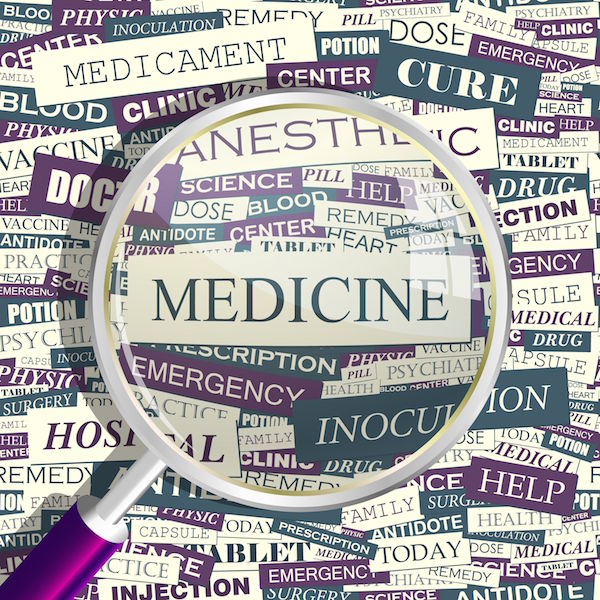
MONDAY, Nov. 23 (HealthDay News) — As many as one in four U.S. teenage girls have had a sexually transmitted disease (STD), many infected soon after their first sexual encounter, a new government report shows.
“The high burden of STDs among teen girls reminds us that we can’t ignore this,” said study author Dr. Sami L. Gottlieb, from the division of sexually transmitted disease prevention at the U.S. Centers for Disease and Prevention.
“Sexual health is an important part of the overall health and well-being of teenagers,” Gottlieb added. “For too long, we as a nation have been far too squeamish about sexual health issues for teens, but we owe it to our kids to get over it.”
The report is published online Nov. 23 and in the December print issue of the journal Pediatrics.
For the study, Gottlieb’s team collected data on 838 teen girls aged 14 to 19. Using samples provided by the teens, the researchers looked for Neisseria gonorrhoeae, Chlamydia trachomatis, Trichomonas vaginalis, herpes simplex virus type 2 and human papillomavirus (HPV).
The study authors found that 24.1 percent of the girls had one of these STDs and among girls who were sexually experienced, 37.7 percent had an STD. HPV was the most common infection (18.3 percent), followed by chlamydia (3.9 percent).
Moreover, in the year after having their first sexual experience and with only one sex partner, 19.2 percent of the teens developed an STD, Gottlieb’s group found.
To counter these problems, teens need to have early sex education, Gottlieb noted. “The vast majority of people have sex for the first time during their teenage years, so we need them to be prepared,” she said.
In addition, Gottlieb believes that 11- and 12-year-old girls should get the HPV vaccine. “We have an effective and safe vaccine that can prevent most of the bad consequences of HPV infection — cervical cancer,” she stated.
Teen girls and young women should also have a yearly test for chlamydia, Gottlieb said. “This can prevent some of the adverse consequences of chlamydia, such a pelvic inflammatory disease and infertility,” she stressed.
Dr. David L. Katz, director of the Prevention Research Center at Yale University School of Medicine, said that “the authors make a convincing case that rates of both sexual activity and sexually transmitted infections are high in adolescent females in the U.S.”
These are the facts of epidemiology, not ideology, and should be the basis for public health policy, he said.
“Adolescent girls need early access to comprehensive sex education, and barrier contraceptives,” Katz said. “This will not increase sexual activity, but it will attenuate the resultant harms.”
This study also makes a strong case for routine vaccination against HPV, as it is the most common sexually transmitted infection, Katz said. “Since HPV is often acquired so soon after the initiation of sexual activity, early vaccination is the way to go. I speak on this as the father of two young teenage daughters, both of whom have received the Gardasil vaccine,” he added.
Another report released by the CDC last week provided more statistics.
Teen girls aged 15 to 19 accounted for the largest number (409,531) of the 1.5 million reported chlamydia and gonorrhea cases in the United States in 2008, followed by women aged 20 to 24, according to the annual federal report.
The researchers also found that black females continue to have a higher rate of STDs than any other racial or ethnic group.
Last year, there were about 1.2 million reported cases of chlamydia and nearly 337,000 reported cases of gonorrhea in the United States, according to the report.
More information
For more information on STDs, visit the U.S. National Library of Medicine.

